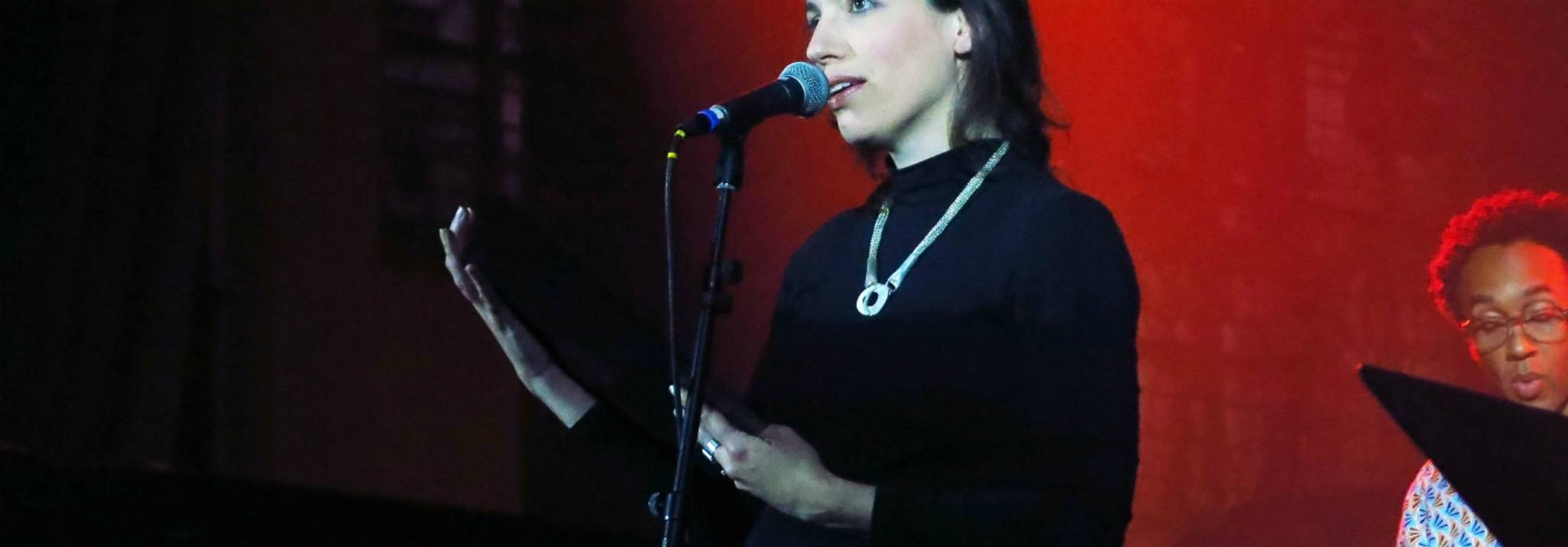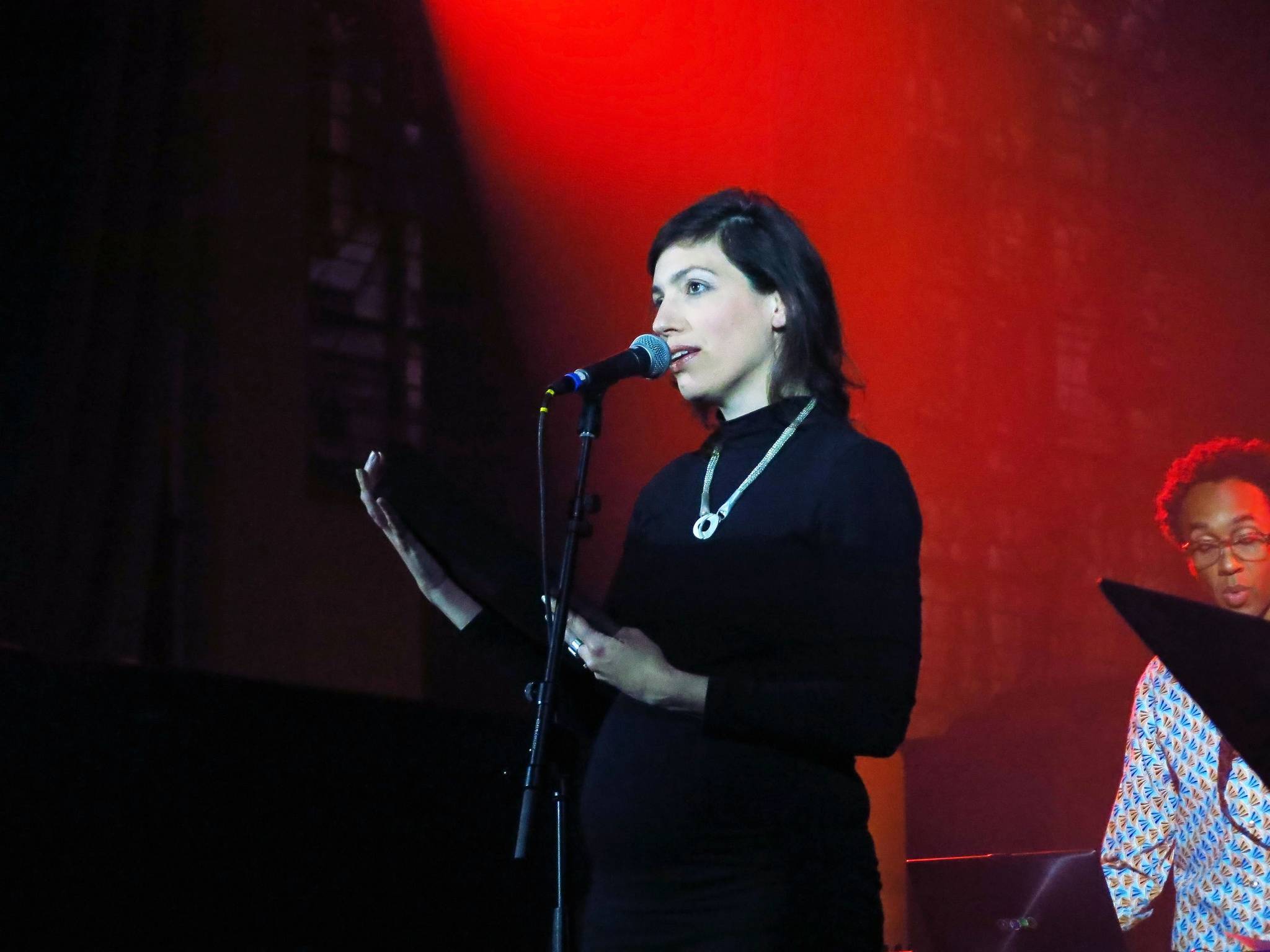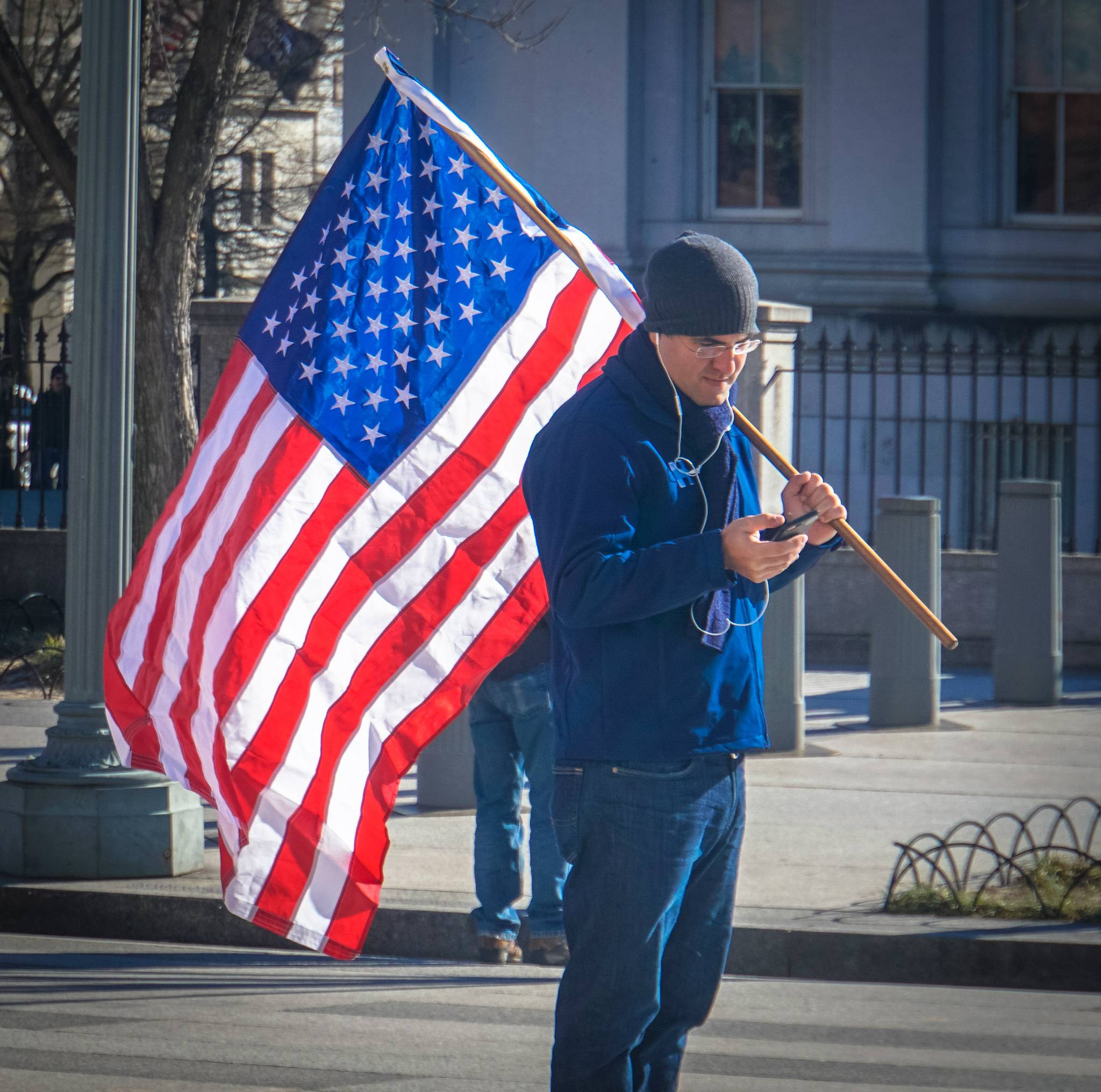
After a 20-year decline, poetry reading is growing in popularity among American Gen Yers. Instagram poets – those who built their following by sharing their work on social media, but now regularly top mainstream bestseller lists – are behind the rise. We explore the insights behind the shift and understand how social media is fostering a new form of literature.
According to a survey by the National Endowment for the Arts, poetry reading in America is on the rise for the first time in over 20 years. The portion of Americans who say they read poetry rose to 11.7% in 2017, compared to only 6.7% in 2012, after a steady decline in the previous 20 years, down from almost one in five in 1992. This trend seems to be widespread among younger generations, as the research shows growth in poetry reading is particularly strong among 18- to 24-year-olds, with 17.5% of them reading poetry in 2017, up from only 8.2% five years before. A key force driving the newfound popularity of poetry is likely to be the rising popularity of Instagram poets.

Despite not managing to fully win over the literary establishment yet, books by authors who built their following by publishing on Instagram to millions of followers, like Rupi Kaur or r.h. Sin, are consistently at the top of the New York Times’ and Amazon's best sellers lists. “It’s fair to conclude that they have contributed to the upswing in young people now engaging with poetry,” says Jennifer Benka, executive director of the Academy of American Poets. In response to critics that may question the legitimacy of their work, Reuben Holmes (r.h. Sin) says, “people bullshit in our niche, they say follower count doesn’t matter but how in the hell do you expect to reach this generation if they’re not following you in some form or capacity?” while journalist, Carl Wilson defends their medium: “They are also aimed at nontraditional readers, who may think of poetry as the literary equivalent of opera or ballet, a privileged-white-male establishment hostile to their interests.”
With 30.8% of global active Instagram users between 18 and 24 years, it’s no surprise that these poets and their works are resonating with young people. Social media already plays an active role in how people consume other forms of content, influencing viewing habits of 72% of TV superfans, and it's becoming increasingly natural for people to follow stories and narratives across multiple platforms. As the lines between old and new media blur and intertwine, storytellers are adapting their formats to new audience behaviours.
Edoardo Biscossi is a behavioral analyst at Canvas8, which specializes in behavioral insights and consumer research. He has a degree in Political Sciences and a Master’s degree in Consumer Behavior. He’s interested in culture, people, art, the future, the niche, and the mass.



